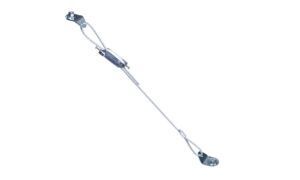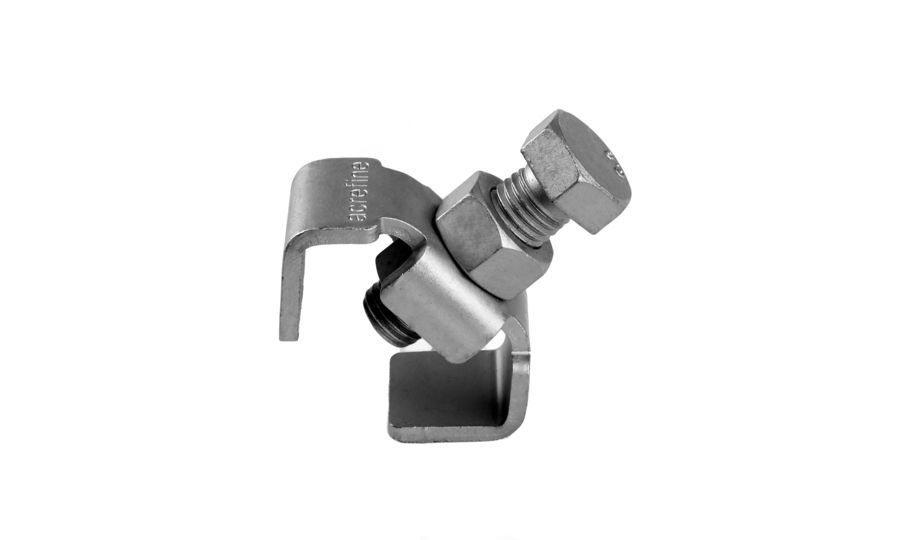Seismic Bracing for Piping | Sway Brace for Seismic Protection
Seismic bracing for piping, ducting, cable trays and HVAC equipment is crucial when designing seismic protection. These bracing systems absorb seismic forces and prevent structural damage. Sway braces are particularly effective in limiting lateral movement of pipes, ensuring they remain secure during an earthquake.
Implementing proper earthquake protection for piping is essential to safeguard against potential failures caused by seismic loads. That is why all HVAC and MEP systems require seismic bracing. Watch our YouTube movie to learn how to do it.
What is Seismic Bracing and Why is it Important?
Seismic bracing refers to the methods and systems used to support structural components like pipes during an earthquake. They are necessary to ensure that critical systems, such as fire sprinkler systems, remain operational during and after an earthquake. The National Fire Protection Association (NFPA) mandates seismic bracing for certain systems, recognising its importance in minimising damage. Proper bracing not only protects components but also enhances the overall safety of a building.
Understanding Seismic Loads and Earthquake Damage
Seismic loads are the forces that a structure or system experiences during an earthquake. Understanding these loads is essential for designing effective seismic protection systems. Earthquake damage can result from the intense ground acceleration and shaking, which can cause pipes to collide with other objects or fail altogether. Calculating seismic loads accurately is key to creating engineered solutions that can withstand the stress during an earthquake.
Load Calculations in Seismic Protection
Accurate load calculations are critical when designing bracing systems. These calculations consider both lateral and longitudinal forces that may act on a system during an earthquake. Seismic coefficients are used to determine the appropriate bracing required to resist these forces. Braces must be able to withstand the maximum expected loads to ensure the integrity of the system. NFPA 13 lists values and guidelines that help in calculating and implementing the correct bracing for fire protection systems.
Types of Braces: Seismic Cable and Rigid Sway Brace
There are two main types depending on the specific needs of the system. Seismic cable braces offer flexibility and are ideal for quick and fast installation, thus minimising the labour costs. It is also the only option if there is vibration isolation involved. They have to be used in pairs though, since they only work in tension. Yet, this is an advantage during design, whereas rigid braces require both tension and compression load calculations.
Rigid sway braces provide strong resistance against lateral and longitudinal movements. But they don’t allow for vibration isolation. They are also more difficult to design and install.
Both types can be used together in a system to provide comprehensive protection. NFPA 13 outlines the criteria for selecting and installing these braces to ensure compliance with safety standards.
Components of a Seismic Bracing System: Hangers, Fittings, Restraints and Rod Stiffeners
A bracing system is made up of several key components, each playing a vital role in securing the piping during an earthquake. Hangers and fittings are used to suspend and stabilize the pipes, while restraints add extra support to withstand seismic forces. If there is a need for protection against uplift forces, then rod stiffeners are required as well.
Pipe hangers must be attached securely to the structural members to prevent movement, and the braces must be installed perpendicular to the run of the pipe to effectively resist horizontal forces. Proper installation of these components is essential for the system to function as intended during earthquakes.
Branch Line Restraints for Fire Sprinkler System Pipes
Branch line restraints are critical for the protection of fire sprinkler systems during an earthquake. These restraints help to prevent the fire sprinkler pipes from swaying excessively or colliding with other objects. Bracing for branch lines is especially important in areas with high seismic activity, as these lines are more vulnerable to movement. NFPA 13 provides detailed guidance on how to properly install branch line restraints to ensure the system’s integrity and functionality in the event of an earthquake.



